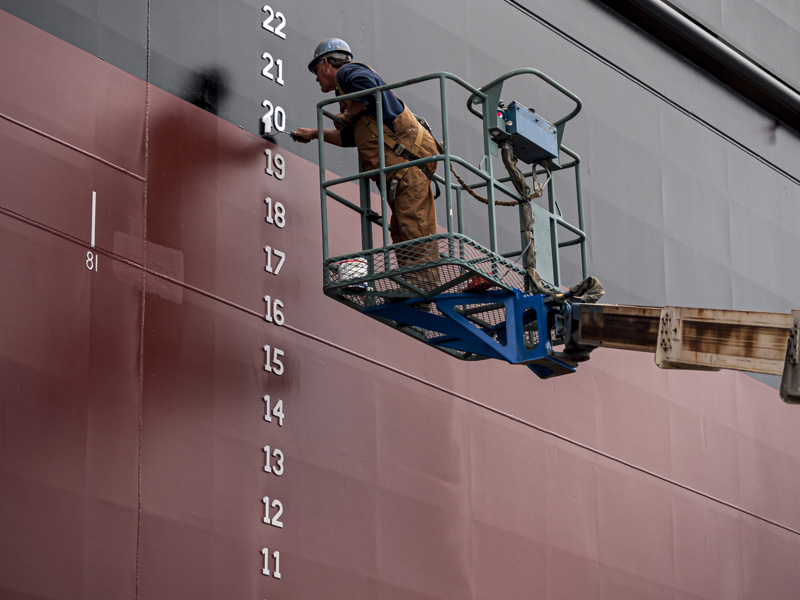Every Picture Is a Compromise
Lessons from the Also-rans
Most photography websites show the photographer's very best work. Wonderful. But that's not the full story of a creative life. If we want to learn, we'd better pay attention to the images that aren't "greatest hits" and see what lessons they have to offer. Every picture is a compromise — the sum of its parts, optical, technical, visual, emotional, and even cosmic – well, maybe not cosmic, but sometimes spiritual. Success on all fronts is rare. It's ok to learn from those that are not our best.
This is a series about my also-rans, some of which I've been able to improve at bit (i.e., "best effort"), none of which I would consider my best. With each there are lessons worth sharing, so I will.
Original digital captureWhat I saw that I liked:Final touches before launch. I love the emphasis on details as he paints the number with intense care. What I don't like in the picture:I'm just too far away. Sometimes there is no substitute for a longer lens. What I learned:This is an example of when a "two-camera" strategy works so well. I had a normal zoom on one camera body (above) and a long telephoto zoom on a second camera body (left). No changing lenses in the field, and a quick swap so I didn't miss the moment. This is why I've said for years that I'd rather have two inexpensive camera bodies than one top-of-the-line camera. In order of importance:
2nd Chances: What I might try nextipsom |


